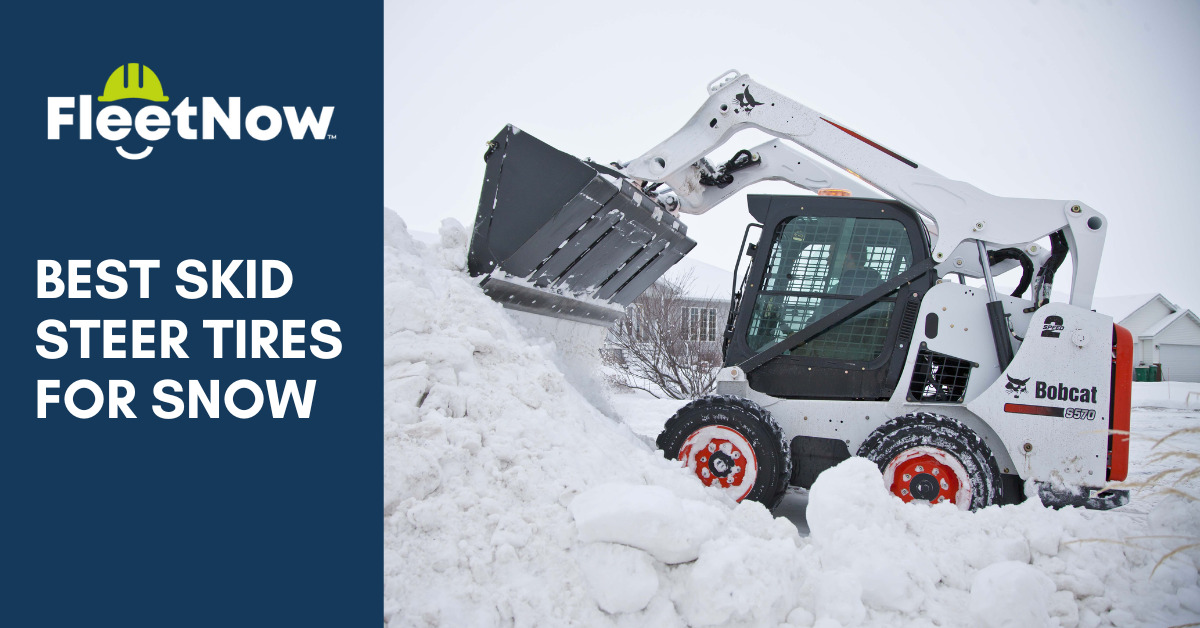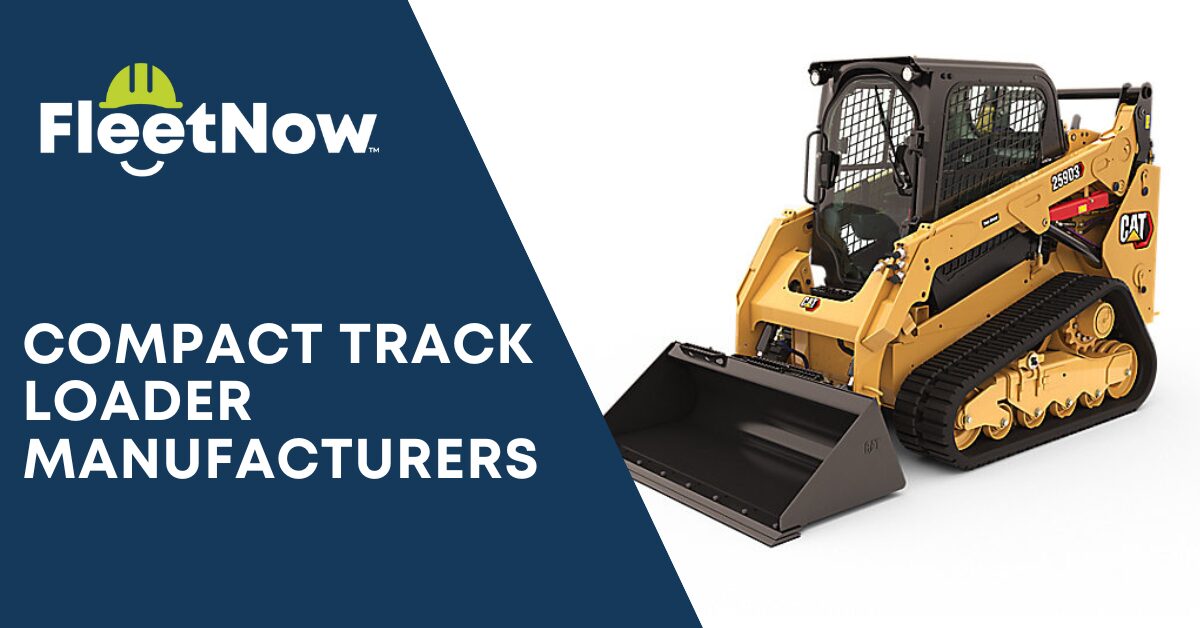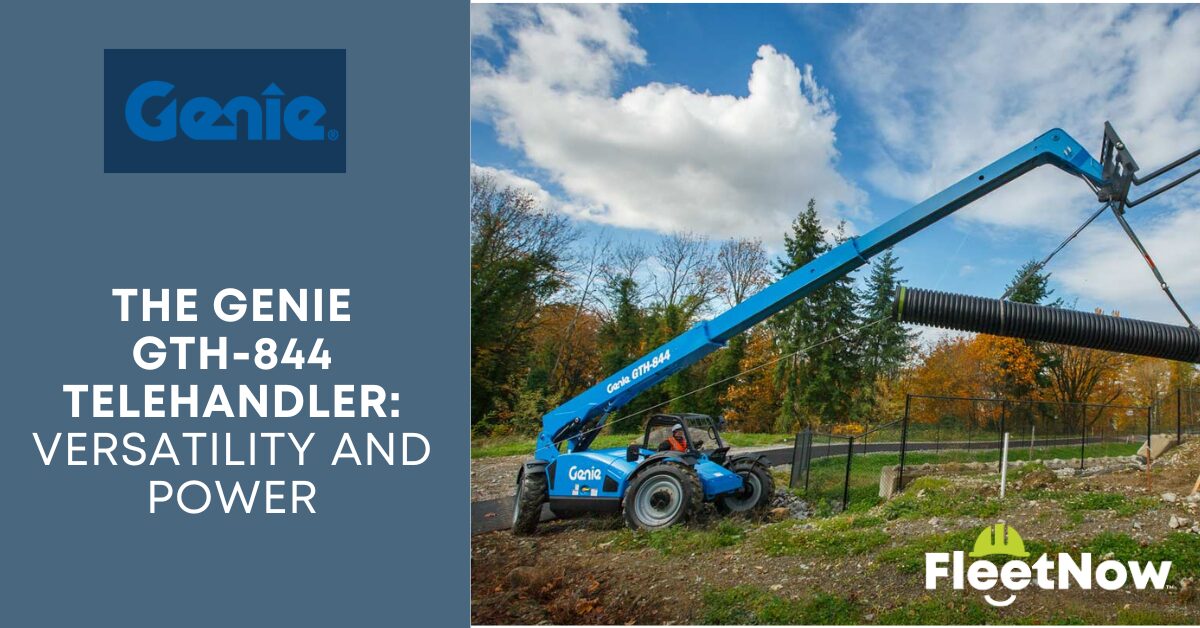Best Skid Steer Tires for Snow
When it comes to using a skid steer in wintry conditions, you want a machine that’s going to cut through the snow and grip the plowing surface. A tire with the appropriate tread pattern and a well-designed rubber compound will do best in snow. General skid steer tires may have to much cusion to be effective. Choosing the best skid steer tires for snow will ensure project efficiency and productivity.
Watch this video from KAGE Innovation for a visual comparison of the abilities of skid steer snow tires and standard tires in snow.
The best snow tires for skid steers will be able to grip the ground enough that they can continue to push snow out of the way as it glides across a slick surface. These tires should also have the ability to manuever around turns and corners in snowy conditions.
What makes a skid steer tire good for snow?
Andrew Decker owns Value Forklifts and Consulting, the parent company of Industrial Rubber Tires. Decker says the best skid steer tire to use in snow is a solid pneumatic tire. Solid tires are good on flat surfaces like parking lots, where you can often find skid steers parked for potential winter clean ups.
Decker says solid pneumatic tires are often called “resilient tires” because they can withstand loose items under the snow that could pop a tire. He also says air-filled pneumatic tires can be used in snow as well because they offer a large tread.
Here’s what to look for in a skid steer tire for snow:
- Width: Tire width can significantly affect how fast a skid steer can remove snow effectively. A narrow tire base offers more ground pressure for easier manuverabiilty through snow.
- Tread Pattern: Skid steer tires not designed for snow will cause spinning, short pushes, and frustration. An aggressive tread pattern will offer the right amount of grip for plowing.
- Tire Compound: Seek out rubber compounds that remain flexible in cold temperatures. These tires will give your skid steer the most traction in snow.
What are the different sizes of skid steer tires for snow?
Skid steer tires for snow are offered in varying sizes depending on the manufacturer. The best skid steer tires for snow have a narrow tire base. The most common sizes of skid steer tires are 10×16.5, 12×16.5, and 14×17.5. A narrower size under 10×16.5 will work better in snow.
Can I use a track on skid steer tires for snow?
Yes! With the number one issue for tires working in snow being traction, using a track can help you be more productive and enhance operator safety.
What are the best skid steer tracks used in snow?
The C-pattern and block pattern tracks will do you skid steer no justice in harsh winter conditions. A TDF multibar track or a terrapin track have a greater area of linear tread edges that grip snow and ice.
Can I use chains on skid steer tires for snow?
Yes, but it is not recommended. Putting chains on your standard skid steer tires will increase traction, but they can also cause rough damage to the surface underneath the snow. Chains on your tires will also cause the operator to have a very bumpy ride. Chains do not last long after many skid steer “skids,” and are prone to break after a few uses.
How heavy are skid steer tires for snow?
Standard skid steer tires weigh between 55 to 70 pounds. Decker said the average weight of the skid steer tires he sells is around 110 pounds. Skid steer tires for snow can weight 1000 pounds and up.
How much do skid steer tires for snow cost?
The cost of skid steer tires for snow is another factor that varies depending on the manufacturer and the distributor. Skid steer tires for snow can cost around $1000 to $3000 or more per tire.
How long do skid steer tires for snow last?
Skid steer tires can last several seasons if taken care of properly and used appropriately. Standard skid steer tires do a lot of spinning, and snow tires for skid steers avoid that. Having a better grip and traction saves the operator from having to do frequent replacements. Refrain from using them year-round to help them stay effective.
When is it time to replace skid steer snow tires?
Here are a few things you may notice that are signs it’s time to replace your skid steer tires for snow:
- Signs of cracking or damage: If the tires have cracks, missing chunks, or the tread is damaged it is time to purchase new ones.
- Tread depth wearing thin: It’s time to replace the tires after the original tread has worn through by 80% to 85%.
- Uneven wear: Check to see if the front tires are wearing at the same pace as the back tires. Being proactive can help you avoid a replacement and instead complete a simple tire rotation. However, if the uneven wear is significant, a rotation could cause further damage to the machine as a whole.
Can you repair skid steer tires for snow?
Yes, Decker said you can plug a skid steer tire if it pops, and sometimes you can put inner tubes in as well.
Here’s a quick video from DO IT ALL SEALING showing up to plug a skid steer tire punctured by a nail.
Top skid steer tire brands
Some of the top skid steer tires brands include Rhino Rubber, ZEEMAX, Carlisle Paddles, ROAD CREW, Sumit, and STARMAXX.
Other brands include Armadillo, Blue Diamon Attachments, BKT, Bobcat, Camso (Solideal), Caterpillar (CAT), Deestone, Double Coin, Evolution Wheel, Firestone (Bridgestone), General Tire (Continental), JLG, Kage, Maxam, McLaren, Michelin, Mitas, MWE, OTR Wheel Engineering, OTR USA, Prowler, Reliable Aftermarket Parts, Rio Rubber Track, RubberTrax, Sentry Tires, Setco, SnowWold, Super Grip, Superior Tire, Taiga, Titan (Goodyear Farm), Trident (Traxter), Trojan Tracks, TVS Euro Grip, Ty Chusion Tire, Yokohama OTR (ATG, Galaxy, Primex), and ZC Rubber America.
Check out our other blog posts about skid steers:
Skid Steer Inspection Checklist






